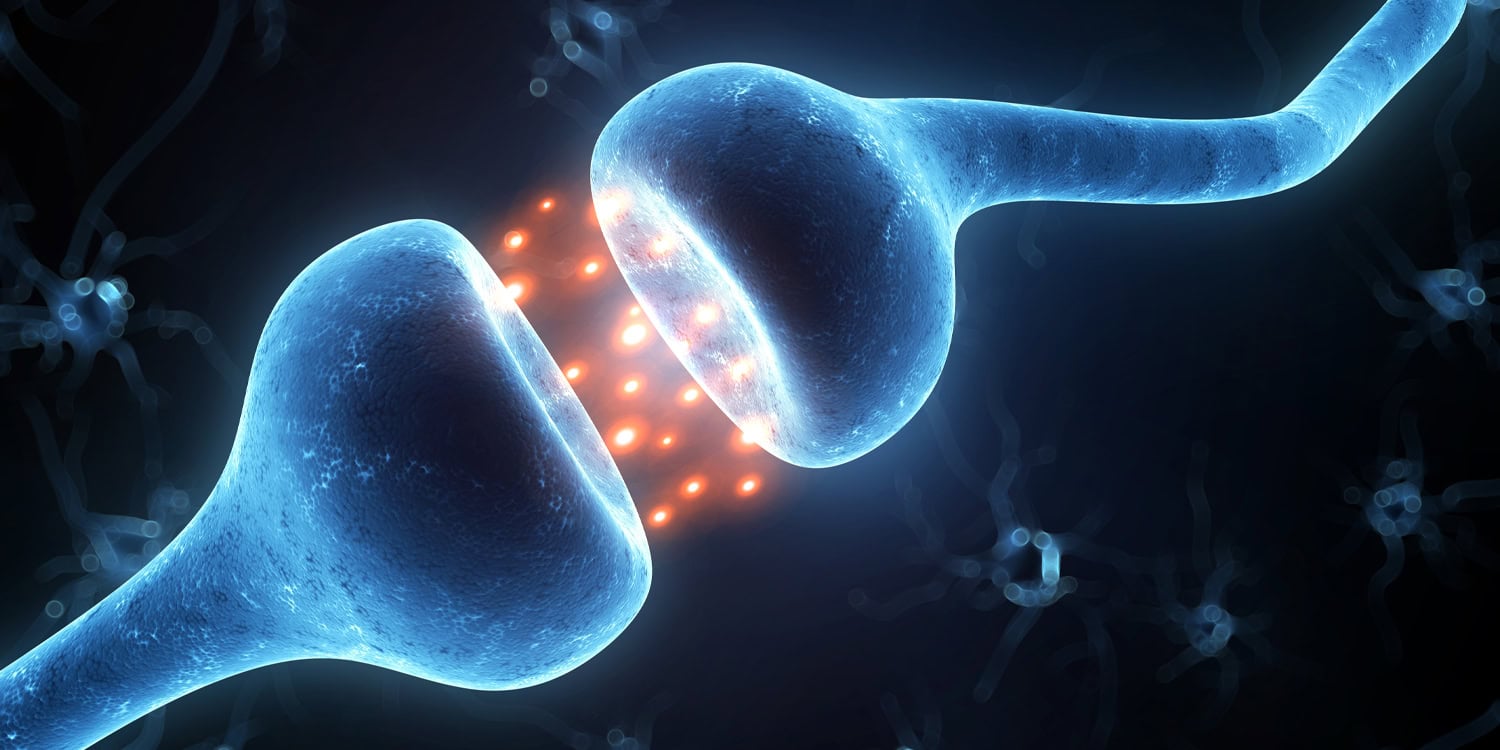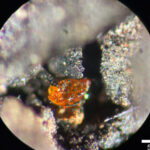Neurobiologists have made a breakthrough in understanding how environmental factors might contribute to autism spectrum disorders. A recent study shows that early neurotransmitter switching—where neurons change their chemical messengers—may lead to lasting autism-like behaviors in mice. These findings provide new insights into how early disruptions in brain development could affect social and behavioral traits. The findings have been published in the Proceedings of the National Academy of Sciences.
Autism spectrum disorder (ASD) is a developmental condition affecting social communication and behavior, which can vary widely from person to person. Some individuals with autism may face challenges in social interactions, while others may engage in repetitive or highly focused behaviors. The exact causes of autism are complex, involving a combination of genetic and environmental factors.
Certain genetic mutations are known to increase the risk of autism, while environmental factors—like maternal infections or exposure to certain medications during pregnancy—are also linked to the condition. Researchers aim to understand how genetic and environmental factors shape brain development, leading to the unique patterns of behavior seen in autism.
This new study builds on the idea that early environmental factors can disrupt brain chemistry in ways that have lasting effects. In particular, the researchers focused on neurotransmitters, the brain’s chemical messengers that help neurons communicate.
Past research has shown that autism is often associated with an imbalance in two key neurotransmitters: GABA, which inhibits brain activity, and glutamate, which excites it. The balance between inhibition and excitation is essential for healthy brain function, and disruptions in this balance can impact the development of neural circuits involved in social and behavioral processes.
“We are interested in a recently discovered form of plasticity – change in the brain in response to experience – called neurotransmitter switching. It occurs when neurons lose the transmitter they were making and make a new one instead,” explained study authors Swetha K. Godavarthi (a research assistant professor in the Department of Neuroscience at University of Pittsburgh) and Nicholas C. Spitzer (the Atkinson Family Distinguished Professor of Neurobiology at UC San Diego).
“This can be a switch from inhibitory GABA to excitatory glutamate, or vice versa, and can change the behavioral state of the animal as a result. It occurs in response to a period of sustained change in electrical activity (action potentials).”
“We became interested in ASD because it can arise as the result of environmental stimuli, as well as from genetic mutations. We knew that the environmental stimuli that cause pregnant mothers to give birth to children with increased incidence of ASD could generate a period of increased electrical activity in the brains of their infants.
“Accordingly, we investigated what the consequences of these environmental stimuli would be when they were applied to pregnant mice, and whether neurotransmitter switching was involved in producing behaviors in the progeny mice that resembled autistic behaviors in humans.”
To explore this, the researchers used mouse models of autism, exposing pregnant mice to substances that simulate environmental risks for autism. One group of mice was exposed to valproic acid, an anti-seizure medication, while another group experienced a simulated immune response, which is known to potentially affect brain development in offspring. These exposures occurred around the middle of the pregnancy, mirroring the critical developmental periods in humans when similar environmental factors could impact brain development.
After birth, the researchers monitored the neurotransmitter levels in the brains of the young mice, specifically focusing on GABA and glutamate in the medial prefrontal cortex. This area of the brain is heavily involved in social behavior and is often affected in individuals with autism. They observed a temporary shift in these neurotransmitters in a specific group of neurons: neurons that normally produced GABA began to produce glutamate instead. This switch disrupted the typical balance between inhibition and excitation, potentially leading to changes in brain circuitry.
Interestingly, the neurotransmitter switch appeared to be temporary, as the neurons returned to producing GABA a few weeks later. However, the adult mice still exhibited autism-like behaviors, including excessive grooming and reduced interest in interacting with other mice.
As the mice grew into adulthood, they continued to exhibit autism-like behaviors. These findings suggest that early neurotransmitter changes during development may have lasting effects on behavior, even after the initial chemical imbalance in the brain had resolved.
“We were surprised to discover that the transmitter switch was transitory (i.e. that it reversed spontaneously after several weeks),” Godavarthi and Spitzer told PsyPost. “The persistent impact of the relatively brief switch in our study is consistent with the findings of other investigators who have studied the impact of insults during early development on later behavior in adults.”
A particularly intriguing finding was that researchers could reverse these behaviors by intervening early in life. Using advanced viral techniques, they introduced a specific gene, called GAD1, into the neurons that had switched from GABA to glutamate production. This intervention effectively prevented the neurotransmitter switch and maintained a normal balance between GABA and glutamate. The mice that received this intervention did not display the autism-like behaviors observed in untreated mice, suggesting that correcting this imbalance early in life could mitigate these behaviors.
The results provide evidence for a strong connection between environmental triggers, changes in brain chemistry, and the emergence of autism-like behaviors. This finding adds to growing evidence that the brain’s wiring is highly sensitive to environmental influences during development.
“We found that the same stimuli that induce ASD in human subjects also do so in mice, and that this is the result of a change in neurotransmitter identity (a transmitter switch) from inhibitory GABA to excitatory glutamate very early in development,” the researchers explained. “Even though the switch is transitory, it has an enormous effect on the behavior of the mice because it occurs close to the beginning of the assembly of the nervous system, and it mis-directs later stages of assembly of the nervous system. As a metaphor, a faulty cornerstone, laid at the beginning of the construction of a building, leads to the later collapse of the building after it is completed.”
The new findings shed light on how environmental factors may impact early brain development and contribute to ASD. But there are some caveats to consider. Mouse models can only approximate aspects of human brain development and autism. The specific neurotransmitter changes and behavioral effects observed in this study may not directly translate to human autism, where the condition is much more complex.
“One cannot immediately extrapolate results from studies of mice to humans,” Godavarthi and Spitzer noted. “Mice are similar to humans in many ways, but not all. Further investigation will reveal whether the same transmitter switch is occurring in human infants when their pregnant mothers are exposed to the same environmental agents.”
The researchers plan to continue exploring how other environmental and genetic factors might lead to similar neurotransmitter shifts. They also aim to investigate ways to manipulate neurotransmitter levels safely and non-invasively during development, potentially opening new avenues for early interventions in autism spectrum disorder.
“We have also found that transmitter switching is responsible for the response to acute stress (PTSD) and to drugs of abuse (phencyclidine, methamphetamine),” the researchers said. “We want to understand the molecular basis of transmitter switching, with a view to developing therapies in the future. We are also keenly interested in developing non-invasive, low-cost ways to reverse transmitter switching, which could become highly beneficial.”
“Many forms of ASD that are caused by gene mutations exhibit the same decrease in the number of neurons expressing inhibitory GABA and increase in the number of neurons expressing excitatory glutamate that we reported in our study. Both the environmental- and the genetic mutation based-forms of ASD may arise in the same way.”
The study, “Embryonic exposure to environmental factors drives transmitter switching in the neonatal mouse cortex causing autistic-like adult behavior,” was authored by Swetha K. Godavarthi, Hui-quan Li, Marta Pratelli, and Nicholas C. Spitzer




